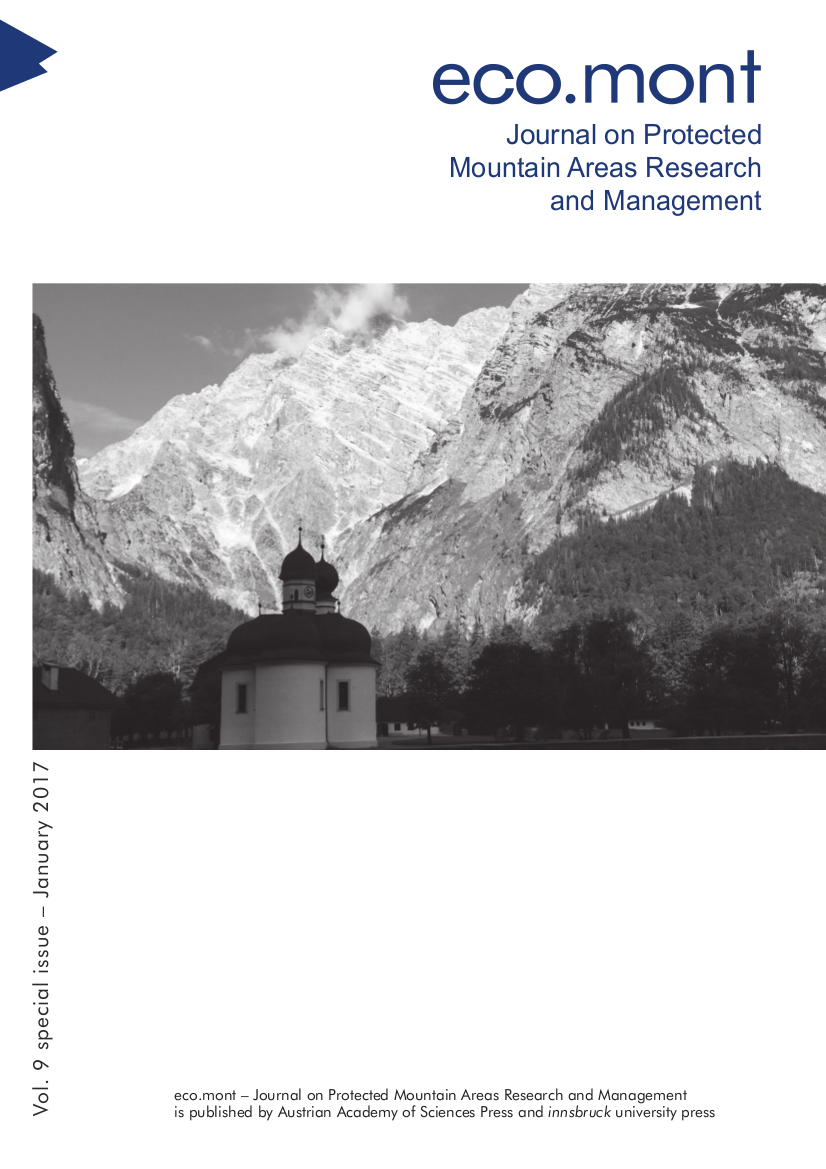
Eco.mont Vol. 9 special issue, pp. 66-74, 2017/01/13
Journal on Protected Mountain Areas Research and Management

In Germany, as in many Western societies, demographic change will lead to a higher number of senior visitors to natural recreational areas and national parks. Given the high physiological requirements of many outdoor recreation activities, especially in mountain areas, it seems likely that demographic change will affect the spatial behaviour of national park visitors, which may pose a challenge to the management of these areas. With the help of GPS tracking and a standardized questionnaire (n=481), this study empirically investigates the spatial behaviour of demographic age brackets in Berchtesgaden National Park (NP) and the potential effects of demographic change on the use of the area. Cluster analysis revealed four activity types in the study area. More than half of the groups with visitors aged 60 and older belong to the activity type of Walker.
Keywords: demographic change, spatial behaviour, GPS tracking, outdoor recreation, Berchtesgaden NP